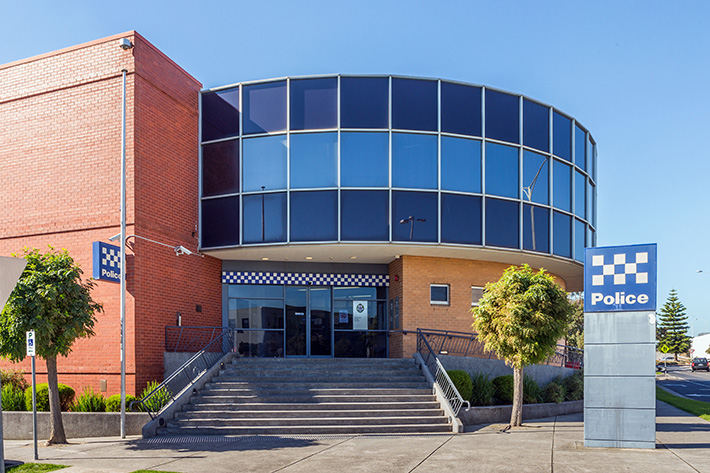THE hiring of extra police announced last week is expected to go some way towards easing the perceived crime wave across Melbourne and the Mornington Peninsula – especially home invasions and carjackings.
As reported in The Times last week, overall crime in Frankston has risen 12.5 per cent in the past financial year, while the Mornington Peninsula’s reported crime rate is up 9.6 per cent.
In Frankston, sex offences increased by 70 per cent to 481, burglary and break-and-enter offences up 24.6 per cent to 1180, and drug dealing and trafficking almost 25 per cent to 242.
On the Mornington Peninsula, robbery is up 60 per cent to 37, arson 28 per cent to 91, burglary and break-and-enter 26 per cent to 1393, drug use and possession 21 per cent to 506, weapons and explosives offences 44 per cent to 400, and public nuisance offences 62 per cent to 91.
Neighbouring cities of Casey and Cardinia also had bad years, with close to 20 per cent more crime than last year. Of the 79 local government areas in the state, 75 had increases in crime over the past 12 months.
Announcing the fast-tracking of new police last week, Police Minister Lisa Neville said the Police Academy would run “at capacity” to train 406 new police as the state government brings forward the recruitment of more frontline police.
She said the decision to hire more officers by the end of June 2017, rather than June 2018 “reflects the need for more officers in Victoria’s growth communities” and follows “detailed discussions with Chief Commissioner of Police Graham Ashton”.
The first of the officers will “hit the beat” in early 2017. They will cost $26.2 million with the amount budgeted for in next year’s Victorian Budget.
Ms Neville said the government was introducing new laws “to target offenders who commit home invasions and carjackings”.
But Frankston and the Mornington Peninsula will miss out on the initial batch of new officers. Acting Assistant Commissioner Glenn Weir, who oversees Southern Metro Division 4 covering Frankston and the peninsula, said: “Some priority areas have been identified for the deployment of the additional resources currently being recruited. These include Casey, Wyndham and Whittlesea. Any final decision about deployment of additional resources will be made when they start to come on line next year.”
Ms Neville said the new police “are over and above the hundreds of police trained over the course of the year to cover attrition”.
“The government continues to give Victoria Police the resources and powers it needs to fight crime – funding an additional 406 police, new technology and specialist equipment, and introducing new laws to target offenders who commit home invasions and carjackings,” she said.
Victoria Police continues to work on a new police deployment model, which Ms Neville admitted was “yet to be finalised”.
It aims to work by examining an area’s crime trends and socio-economic factors which then inform resourcing decisions. She said the extra police would be deployed to growth corridors and other areas of high need.

